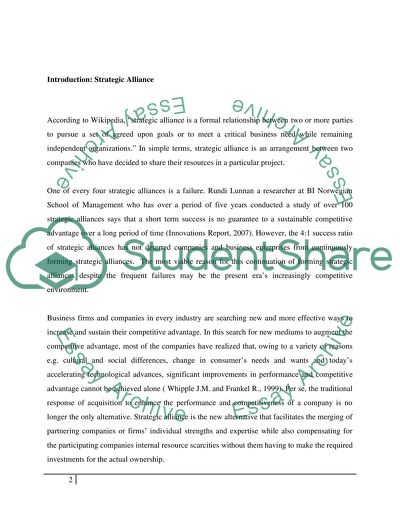Cite this document
(“Fuji Xerox Strategic Alliance Essay Example | Topics and Well Written Essays - 2000 words”, n.d.)
Fuji Xerox Strategic Alliance Essay Example | Topics and Well Written Essays - 2000 words. Retrieved from https://studentshare.org/miscellaneous/1509108-fuji-xerox-strategic-alliance
Fuji Xerox Strategic Alliance Essay Example | Topics and Well Written Essays - 2000 words. Retrieved from https://studentshare.org/miscellaneous/1509108-fuji-xerox-strategic-alliance
(Fuji Xerox Strategic Alliance Essay Example | Topics and Well Written Essays - 2000 Words)
Fuji Xerox Strategic Alliance Essay Example | Topics and Well Written Essays - 2000 Words. https://studentshare.org/miscellaneous/1509108-fuji-xerox-strategic-alliance.
Fuji Xerox Strategic Alliance Essay Example | Topics and Well Written Essays - 2000 Words. https://studentshare.org/miscellaneous/1509108-fuji-xerox-strategic-alliance.
“Fuji Xerox Strategic Alliance Essay Example | Topics and Well Written Essays - 2000 Words”, n.d. https://studentshare.org/miscellaneous/1509108-fuji-xerox-strategic-alliance.


